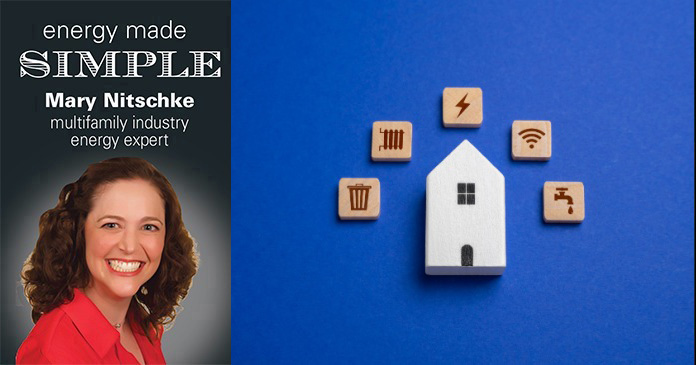When I first heard the term “CRREM” I admit that I got excited because I thought it might be a type of filling for a fancy donut. Maybe I was just hoping. Setting my chagrin aside, it is important to understand what CRREM is and how this tool is used today.
Carbon Risk Real Estate Monitor (“CRREM”) is an analysis tool built upon the carbon reduction requirements outlined in the Paris Agreement. The assumptions of CRREM are that, based on rising energy costs and penalties for noncompliance with carbon requirements, at a certain point in time (strand-year), a building will become “stranded”.
CRREM is designed to help owners and investors understand their assets’ performance so they can make decisions on what capital improvements they need to make or when they need to sell an asset. It is sort of like EnergyStar Portfolio Manager, but the European version. The CRREM tool has been integrated into the GRESB (Global Real Estate Sustainability Benchmark) survey which is the most used ESG reporting tool in real estate. As more European funds invest in North American real estate, it will become more common for North American multifamily real estate to use CRREM.
Let us dig into the strand-year a little deeper. Basically, the strand-year is the year that either 1) the penalties for non-compliance with carbon emissions goals will become so onerous that the building will not be profitable and/or 2) due to tenant and investor focus on decarbonization, tenants won’t occupy the building and investors either won’t fund it or will demand that the asset be sold prior to it becoming cash flow negative.
Although the United States multifamily real estate market might not have a strand-year based directly on the Paris Agreement, we can apply this concept to Building Performance Standards (BPS) in certain U.S. markets. The penalties for BPS noncompliance can eclipse profits for an asset. Additionally, local BPS rules may require that a property’s performance be displayed publicly. This will most likely affect occupancy and rental rates in those markets. With Energy Use Intensity or carbon targets, along with rising insurance costs related to climate events like floods and wildfires, we are inching closer to the concept of a strand-year.
Although I openly admit that I would have rather had a fancy donut than a new reporting tool to evaluate my utility data, the upside is that, as CRREM becomes more and more prevalent in our North American markets, we will suddenly have a consistent benchmark template to compare our real estate performance against that of European assets. It is like the Olympics for property performance! That is something to get a little excited about too.















